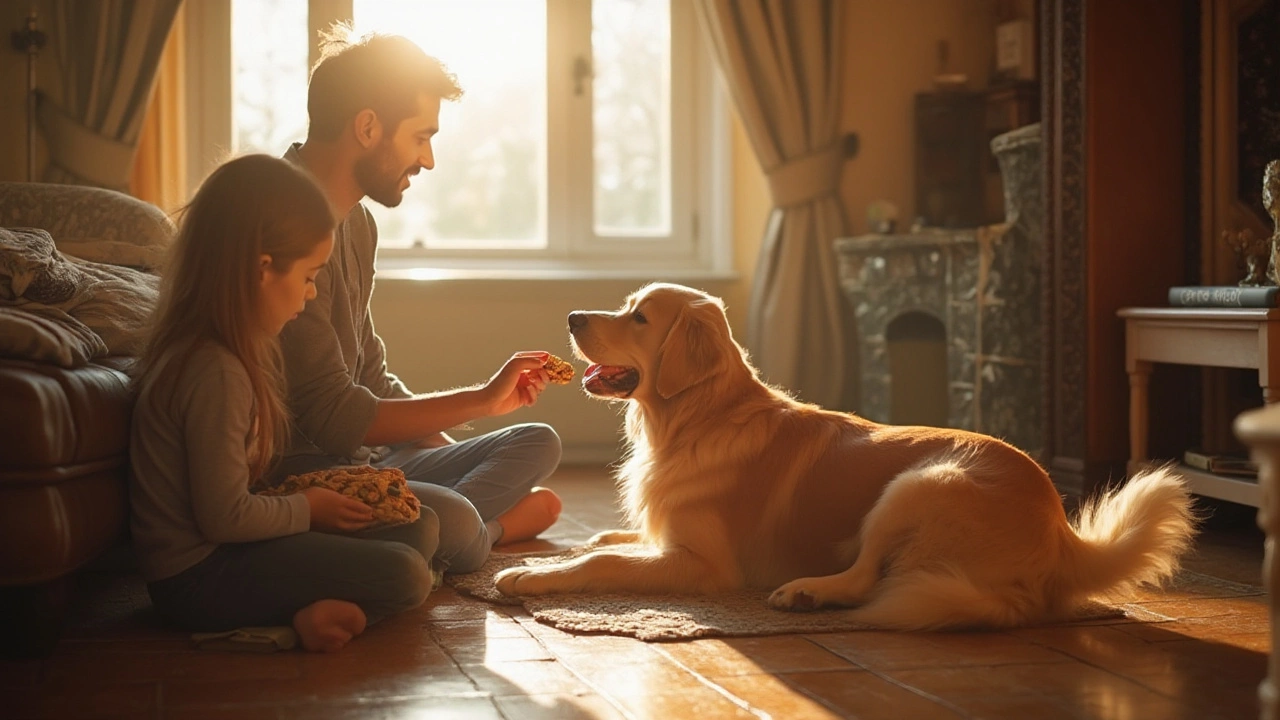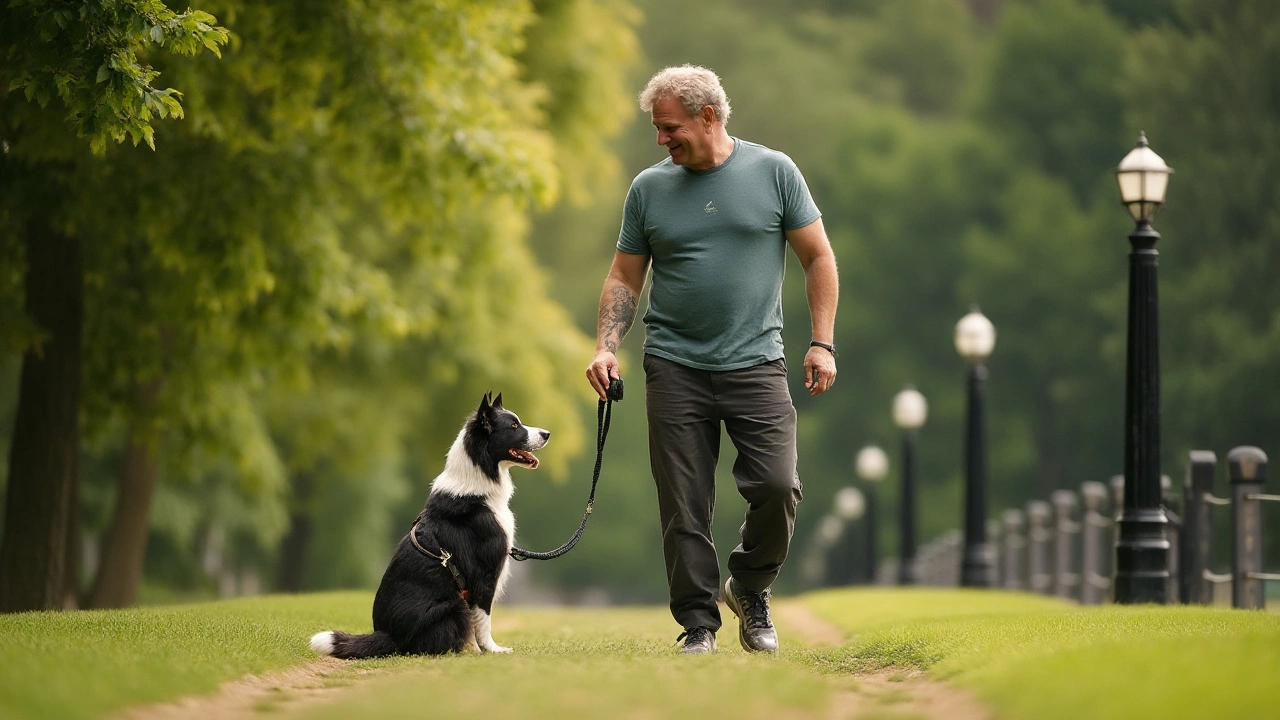Canine Behavior: Quick Tips for a Happy, Well‑Behaved Dog
Got a pup that barks at every leaf or a youngster that can’t sit still? You’re not alone. Most dog owners hit a behavior snag at some point, but the good news is you can fix it with a few simple steps. Below you’ll find straight‑forward advice that works for everyday life, plus some quick fixes you can try right now.
Stop Excessive Barking the Right Way
First, figure out why your dog is barking. Is it boredom, fear, or a sudden squirrel? Matching the cause with the solution beats using a choke collar every time. Try a short “quiet” cue followed by a tasty treat when the bark stops – that’s positive reinforcement in action.
If the bark comes from anxiety, a calming vest, soothing music, or a safe space can make a big difference. For dogs that just love to be heard, teach them a “speak” command first, then a “quiet” command. Practice in low‑distraction areas, reward the quiet moment, and gradually add more distractions.
Training Sessions and Puppy Discipline
How long should a training session be? Most experts say 5‑10 minutes for puppies and 10‑15 minutes for adult dogs. Keep it fun, end on a positive note, and avoid long, boring drills that tire you out more than your dog.
Teaching a puppy the word “no” works best when you pair it with a clear alternative – like “sit” or “down”. Use a gentle voice, a quick pause, and then guide the puppy into the right behavior. Consistency is key; everyone in the house should use the same cue and reward system.
When it comes to crates, beds, or letting your puppy roam the house, set clear boundaries first. Puppy‑proof a room, then let them explore for short bursts while you watch. If they knock over a shoe, redirect them to a chew toy instead of scolding.
Other common behavior questions include collar safety at night and sleeping arrangements. Removing the collar while your dog sleeps can prevent choking, but make sure there’s no tag that could catch on bedding. If your dog prefers to snooze on your bed, it’s usually a sign of trust, not dominance. Just keep the routine consistent – same bedtime, same spot – and you’ll both get better rest.
Finally, keep an eye on your dog’s sense of smell. A sniff‑rich walk can tire them out quicker than a long jog. Let them lead for a few minutes, sniff the grass, and you’ll see a calmer pup when you head home.
Bottom line: great canine behavior comes from understanding the why, using kind tools, and keeping training short and sweet. Try one tip today, watch the change, then add another. Your dog will thank you with fewer barks, better manners, and plenty of tail wags.

Why Dogs Eat Grass: Causes, Risks & When to Seek Help
Discover why dogs eat grass, the health reasons behind it, when to worry, and practical tips to keep your pup healthy and happy.
View more
Understanding the 90/10 Rule in Effective Dog Training
The 90/10 rule in dog training is a concept that emphasizes the importance of consistent and rewarding interactions between dogs and their owners. This principle states that 90% of training should be based on positive reinforcement while the remaining 10% can involve the correction of undesirable behaviors. By focusing largely on positive actions and behaviors, you nurture trust and strengthen the bond with your pet. This approach is scientifically backed and encourages a cooperative relationship rather than a combative one.
View more
Cesar Millan's Take on Prong Collars: A Comprehensive Insight
Explore Cesar Millan's perspective on the use of prong collars in dog training. Learn about the benefits, controversies, and alternative methods for managing canine behavior. Gain insightful tips for safe and effective use of training tools, and understand the importance of maintaining a balanced approach to training your furry companion.
View more
Effective Techniques to Stop Dog Biting Behavior
Training a dog to stop biting revolves around understanding their behavior and applying consistent training techniques. Early socialization is crucial to teach puppies bite inhibition, creating an environment that promotes positive interactions. Adults dogs can also learn through patient, gentle correction and rewarding desired behaviors. This guide provides practical steps and tips for anyone looking to manage their dog's biting, focusing on empathy and clear communication.
View more